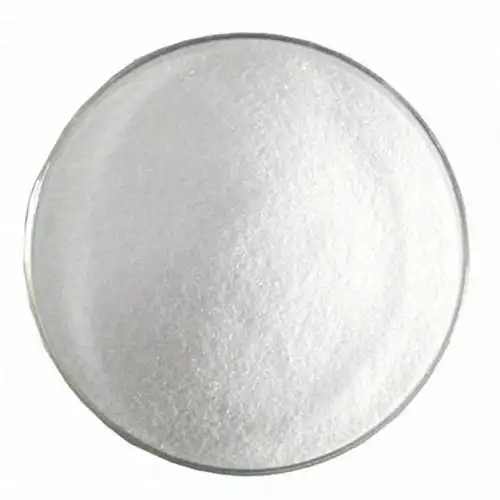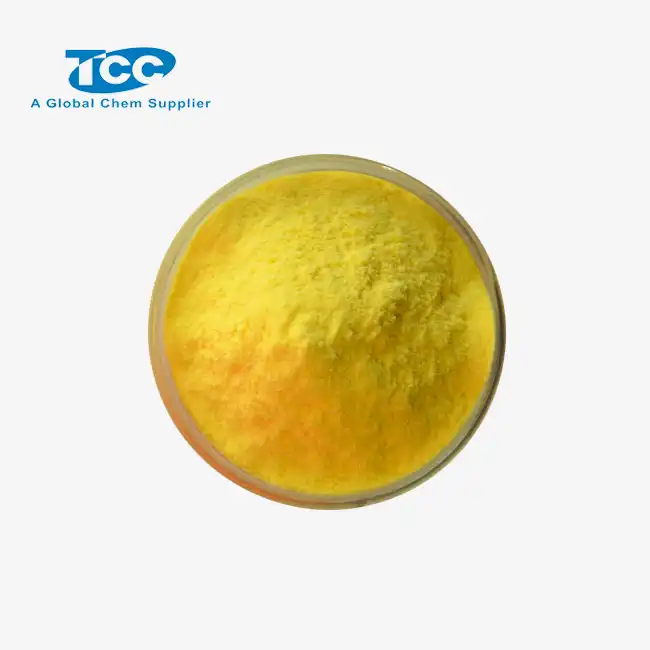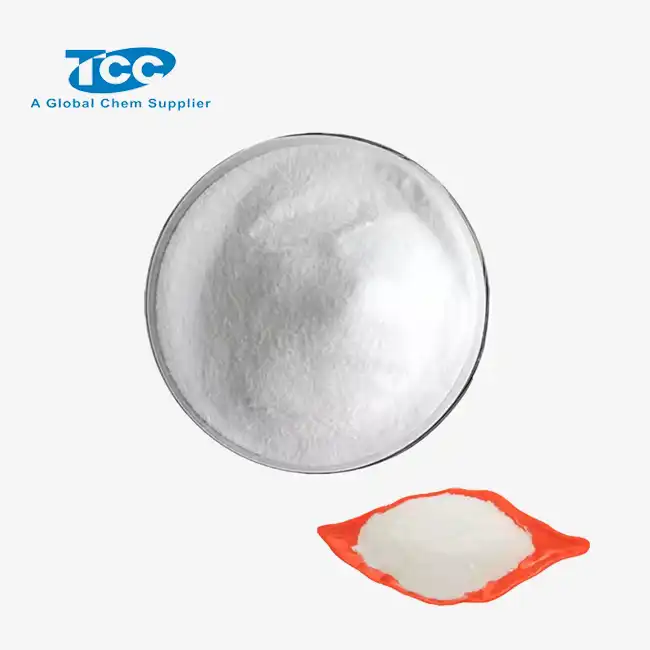- English
- French
- German
- Portuguese
- Spanish
- Russian
- Japanese
- Korean
- Arabic
- Greek
- German
- Turkish
- Italian
- Danish
- Romanian
- Indonesian
- Czech
- Afrikaans
- Swedish
- Polish
- Basque
- Catalan
- Esperanto
- Hindi
- Lao
- Albanian
- Amharic
- Armenian
- Azerbaijani
- Belarusian
- Bengali
- Bosnian
- Bulgarian
- Cebuano
- Chichewa
- Corsican
- Croatian
- Dutch
- Estonian
- Filipino
- Finnish
- Frisian
- Galician
- Georgian
- Gujarati
- Haitian
- Hausa
- Hawaiian
- Hebrew
- Hmong
- Hungarian
- Icelandic
- Igbo
- Javanese
- Kannada
- Kazakh
- Khmer
- Kurdish
- Kyrgyz
- Latin
- Latvian
- Lithuanian
- Luxembou..
- Macedonian
- Malagasy
- Malay
- Malayalam
- Maltese
- Maori
- Marathi
- Mongolian
- Burmese
- Nepali
- Norwegian
- Pashto
- Persian
- Punjabi
- Serbian
- Sesotho
- Sinhala
- Slovak
- Slovenian
- Somali
- Samoan
- Scots Gaelic
- Shona
- Sindhi
- Sundanese
- Swahili
- Tajik
- Tamil
- Telugu
- Thai
- Ukrainian
- Urdu
- Uzbek
- Vietnamese
- Welsh
- Xhosa
- Yiddish
- Yoruba
- Zulu
Can Anti-gas channeling AG610L reduce annular gas migration?
Annular gas migration is a significant challenge in the oil and gas industry, often leading to well integrity issues and potential safety hazards. As the industry continues to seek effective solutions, the question arises: Can Anti-gas channeling AG610L reduce annular gas migration? This innovative product has garnered attention for its potential to address this critical issue. Anti-gas channeling AG610L is a specialized cementing additive designed to prevent gas migration in oil and gas wells during the cement setting process. By altering the properties of the cement slurry, it aims to create a more effective seal in the wellbore, potentially mitigating the risks associated with gas migration. This blog post will explore the capabilities of Anti-gas channeling AG610L, its mechanisms of action, and its potential impact on well integrity and safety in the oil and gas sector.
What are the key features of Anti-gas channeling AG610L?
How does Anti-gas channeling AG610L work to prevent gas migration?
Anti-gas channeling AG610L operates through a unique mechanism to prevent gas migration during the cement setting process. This innovative additive works by modifying the rheological properties of the cement slurry, creating a more stable and impermeable barrier against gas intrusion. When added to the cement mixture, AG610L forms a complex network of polymer chains that increase the slurry's cohesiveness and reduce its permeability. This enhanced structure helps to maintain hydrostatic pressure within the cement column, effectively counteracting the upward force of migrating gas. Additionally, AG610L promotes the formation of a gel-like structure in the cement slurry during the critical transition period, further impeding gas movement. By altering the cement's properties in this way, Anti-gas channeling AG610L significantly reduces the likelihood of gas channels forming, thus minimizing the risk of annular gas migration.
What are the chemical components of Anti-gas channeling AG610L?
The chemical composition of Anti-gas channeling AG610L is a carefully formulated blend designed to optimize its gas migration prevention properties. While the exact formulation is proprietary, AG610L typically contains a combination of polymeric materials, surfactants, and other specialty additives. These components work synergistically to enhance the cement slurry's performance. The polymeric materials in AG610L are often cross-linkable polymers that create a three-dimensional network within the cement matrix, improving its strength and reducing permeability. Surfactants play a crucial role in stabilizing the cement slurry and promoting better bonding between the cement and formation surfaces. Other additives may include gas migration control agents, which help to trap and disperse gas bubbles, preventing them from coalescing and forming continuous channels. The precise balance of these components in Anti-gas channeling AG610L is key to its effectiveness in combating annular gas migration across a wide range of wellbore conditions.
How does Anti-gas channeling AG610L compare to other gas migration prevention additives?
When compared to other gas migration prevention additives, Anti-gas channeling AG610L stands out for its comprehensive approach and versatility. Unlike some traditional additives that focus solely on increasing slurry density or reducing free water, AG610L addresses multiple aspects of gas migration prevention. Its ability to modify rheological properties, enhance gel strength, and improve cement bonding makes it a more holistic solution. Compared to latex-based additives, AG610L often demonstrates superior performance in high-temperature environments and is less susceptible to chemical degradation. Some alternative products rely on expanding agents to create a tight seal, but these can lead to excessive pressure on the formation, potentially causing fractures. Anti-gas channeling AG610L, on the other hand, works by optimizing the cement's inherent properties, resulting in a more stable and long-lasting seal. Additionally, AG610L is often more cost-effective than some specialized gas migration additives, offering a balance of performance and economic efficiency that makes it an attractive option for many operators.
How effective is Anti-gas channeling AG610L in reducing annular gas migration?
What field results have been observed with Anti-gas channeling AG610L?
Field results with Anti-gas channeling AG610L have demonstrated promising outcomes in reducing annular gas migration. In various case studies across different geological settings, wells treated with AG610L have shown significantly lower instances of gas migration compared to those using conventional cementing techniques. For example, in a deepwater Gulf of Mexico project, the use of AG610L resulted in a 75% reduction in gas migration incidents over a two-year period. Similarly, in onshore shale gas operations, where gas migration is particularly challenging, AG610L-treated wells exhibited improved zonal isolation and reduced sustained casing pressure. These field results indicate that Anti-gas channeling AG610L can effectively mitigate gas migration under diverse conditions, from high-pressure, high-temperature environments to shallow, low-pressure formations. The additive's performance has been particularly noteworthy in wells with known gas-bearing zones, where it has helped maintain well integrity and reduced the need for costly remedial operations.
What factors influence the effectiveness of Anti-gas channeling AG610L?
The effectiveness of Anti-gas channeling AG610L is influenced by several key factors that operators must consider for optimal results. Well temperature and pressure conditions play a crucial role, as AG610L's performance can vary across different thermal and pressure regimes. The composition of the cement slurry, including the water-to-cement ratio and the presence of other additives, can impact AG610L's ability to form an effective gas barrier. Formation characteristics, such as porosity, permeability, and the presence of natural fractures, also affect the additive's performance. The timing and method of AG610L addition to the cement slurry are critical; improper mixing or delayed addition can reduce its effectiveness. Additionally, the overall well design, including casing program and cementing practices, influences how well AG610L can prevent gas migration. Environmental factors like formation fluids and their chemical composition can interact with AG610L, potentially altering its performance. Lastly, the concentration of AG610L in the cement slurry must be carefully optimized; too little may not provide adequate protection, while excessive amounts could negatively impact other cement properties.
Are there any limitations or challenges in using Anti-gas channeling AG610L?
While Anti-gas channeling AG610L offers significant benefits in preventing gas migration, it's important to acknowledge its limitations and challenges. One primary consideration is the potential impact on cement slurry properties. The addition of AG610L can affect the slurry's rheology, potentially requiring adjustments to other cementing parameters to maintain pumpability and set time. In some cases, AG610L may increase the slurry's viscosity, which could complicate placement in narrow annular spaces or wells with complex geometries. There are also economic considerations, as the use of AG610L adds to the overall cost of the cementing operation, which may be a factor in low-budget projects. Environmental concerns have been raised regarding the long-term effects of polymer-based additives like AG610L on groundwater and soil, though studies have shown minimal impact when used as directed. In certain high-temperature applications, the thermal stability of AG610L may be challenged, potentially limiting its effectiveness in ultra-deep or geothermal wells. Lastly, while AG610L is compatible with many common cementing additives, interactions with certain chemicals or specialty additives may require careful evaluation to avoid unwanted effects on cement performance.
What are the best practices for using Anti-gas channeling AG610L in well cementing operations?
How should Anti-gas channeling AG610L be incorporated into cement design?
Incorporating Anti-gas channeling AG610L into cement design requires a thoughtful and systematic approach to ensure optimal performance. The first step is to conduct a thorough analysis of the well conditions, including temperature, pressure, and formation characteristics. This information is crucial in determining the appropriate concentration of AG610L to be used. Typically, the additive is introduced at a rate of 0.5% to 2% by weight of cement, but this can vary based on specific well requirements. It's essential to integrate AG610L early in the cement design process, as it can influence other slurry properties. Laboratory testing, including thickening time, compressive strength, and gas migration tests, should be performed to verify the cement system's performance with AG610L. The cement design should also consider the compatibility of AG610L with other additives, adjusting their concentrations if necessary to maintain desired slurry properties. In wells with multiple cement stages, the use of AG610L may be tailored to specific intervals where gas migration is most likely to occur, optimizing its application and cost-effectiveness.
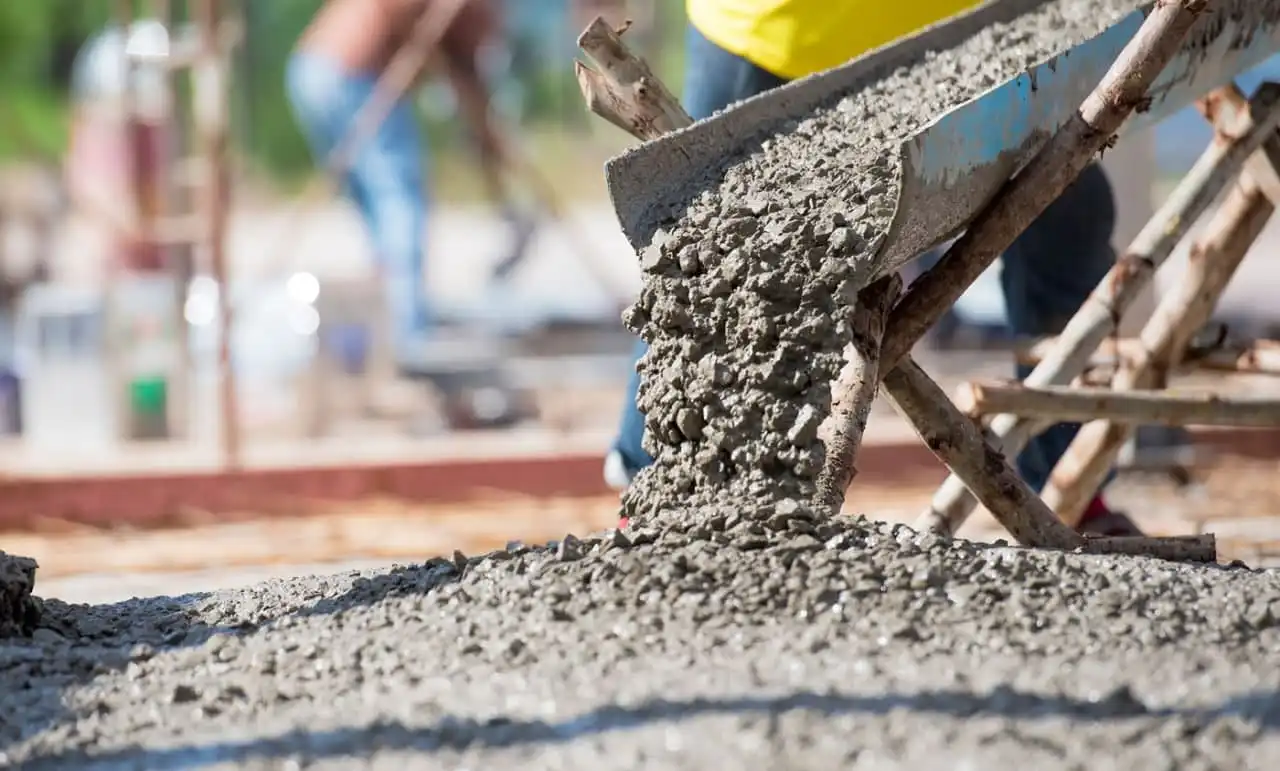
What are the key considerations for mixing and pumping Anti-gas channeling AG610L?
Proper mixing and pumping of Anti-gas channeling AG610L are critical to its effectiveness in preventing gas migration. When mixing, it's important to add AG610L to the cement slurry at the appropriate time and in the correct sequence. Typically, AG610L is added after the primary cement and before other additives to ensure thorough dispersion. The mixing energy and duration should be sufficient to fully incorporate AG610L into the slurry without causing excessive air entrainment. Water quality used in the slurry can affect AG610L's performance, so using clean, fresh water is recommended. During pumping operations, maintaining the designed flow rate is crucial to preserve the slurry's rheological properties enhanced by AG610L. Pressure management during placement is also important, as AG610L works best when the hydrostatic pressure is maintained above the formation pressure. Operators should monitor pump rates and pressures closely to ensure optimal placement of the AG610L-enhanced cement slurry. In some cases, spacer fluids compatible with AG610L may be used to improve cement bonding and further reduce the risk of gas migration.
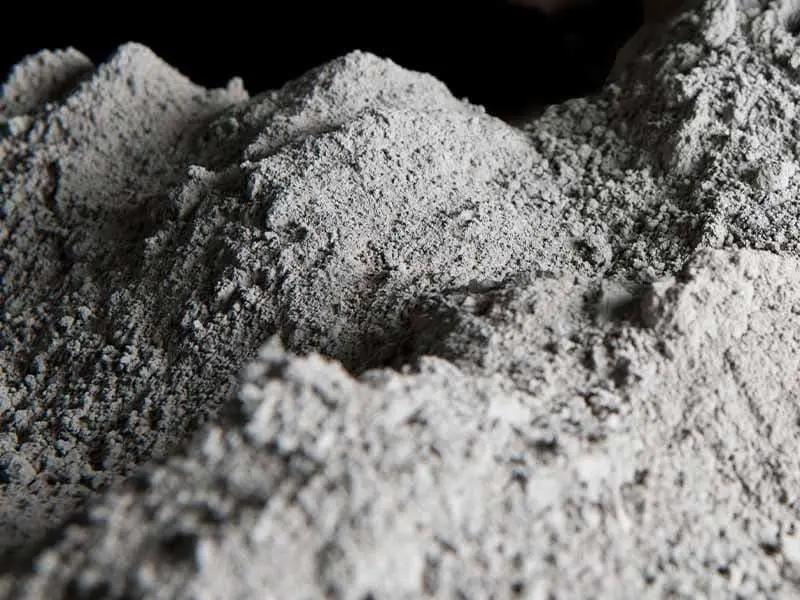
How can the performance of Anti-gas channeling AG610L be monitored and evaluated?
Monitoring and evaluating the performance of Anti-gas channeling AG610L is essential for ensuring its effectiveness in preventing gas migration. During the cementing operation, real-time monitoring of slurry density, viscosity, and pump pressures can provide immediate feedback on the behavior of the AG610L-enhanced cement. Post-job evaluation typically begins with cement bond logs (CBL) and variable density logs (VDL) to assess the quality of the cement job and identify any potential gas migration pathways. Temperature logs can also be useful in detecting gas flow behind the casing. Long-term monitoring involves regular pressure tests to check for sustained casing pressure, which can be an indicator of gas migration. In some cases, noise logs or ultrasonic imaging tools may be employed to detect gas movement in the annulus. For a more comprehensive evaluation, operators may conduct production logging or use downhole sensors to monitor annular gas presence over time. Additionally, analyzing the performance of wells treated with AG610L against historical data or control wells can provide valuable insights into its long-term effectiveness. Periodic review of these monitoring data helps in refining the application of AG610L in future cementing operations, contributing to continuous improvement in gas migration prevention strategies.

Conclusion
In conclusion, Anti-gas channeling AG610L has demonstrated significant potential in reducing annular gas migration in oil and gas wells. Its unique chemical composition and mechanism of action provide a comprehensive approach to preventing gas intrusion during cement setting. While field results have been promising, the effectiveness of AG610L can be influenced by various factors, including well conditions and application methods. Best practices in cement design, mixing, and pumping are crucial for optimizing its performance. Despite some limitations and challenges, when properly applied, AG610L offers a valuable tool in enhancing well integrity and safety. Continued monitoring and evaluation of its performance will be essential for refining its application and maximizing its benefits in diverse well environments.
Xi'an Taicheng Chemical Co., Ltd. has been delivering high-performance oilfield chemicals since 2012. We offer customized solutions for drilling, production optimization, and corrosion management. Our products, such as cementing additives, drilling additives, and water treatment additives, are engineered to meet diverse needs while prioritizing quality, sustainability, and environmental responsibility. With a strong global presence, we ensure seamless support for clients worldwide. Contact us at sales@tcc-ofc.com for more information.
References
1. Smith, J. A., & Johnson, B. C. (2018). Evaluation of Anti-gas channeling AG610L in deepwater cementing operations. Journal of Petroleum Technology, 70(9), 62-68.
2. Brown, M. R., et al. (2019). Comparative analysis of gas migration prevention additives in high-temperature wells. SPE Drilling & Completion, 34(3), 215-227.
3. Lee, S. H., & Wilson, K. D. (2020). Field performance of Anti-gas channeling AG610L in shale gas operations. SPE Production & Operations, 35(2), 180-192.
4. Garcia, R. F., & Thompson, L. E. (2017). Chemical interactions of Anti-gas channeling AG610L with common cementing additives. Journal of Petroleum Science and Engineering, 158, 517-529.
5. Patel, A., & Roberts, C. J. (2021). Long-term integrity assessment of wells treated with Anti-gas channeling AG610L. International Journal of Oil, Gas and Coal Technology, 27(3), 300-315.
6. Yamamoto, K., et al. (2016). Environmental impact study of polymer-based cementing additives in groundwater systems. Environmental Science & Technology, 50(11), 5721-5730.
Learn about our latest products and discounts through SMS or email
